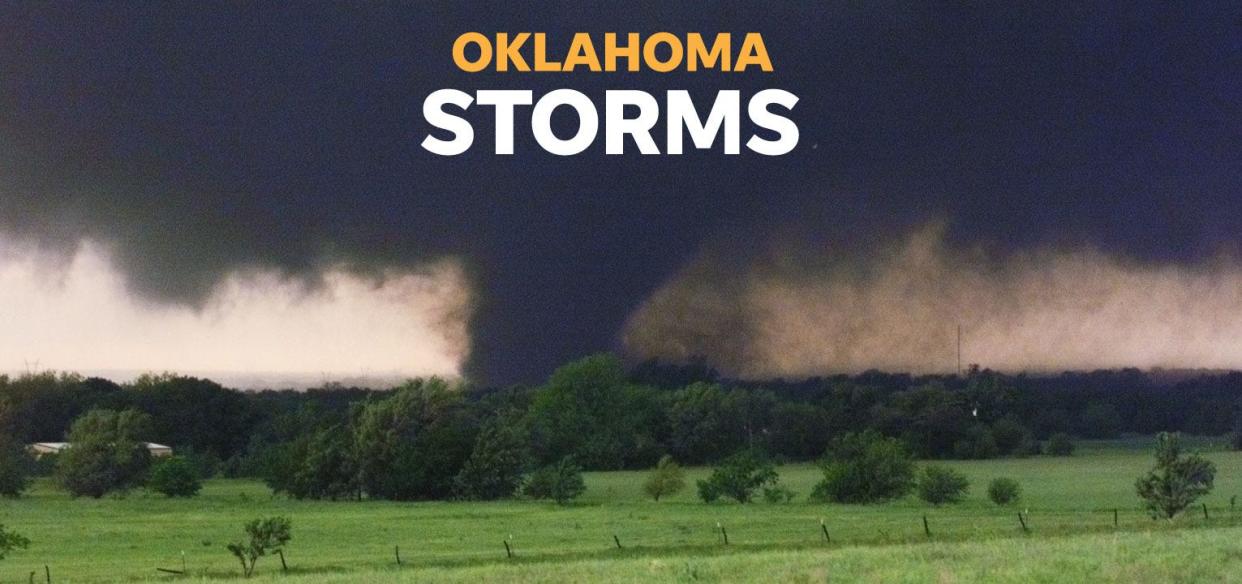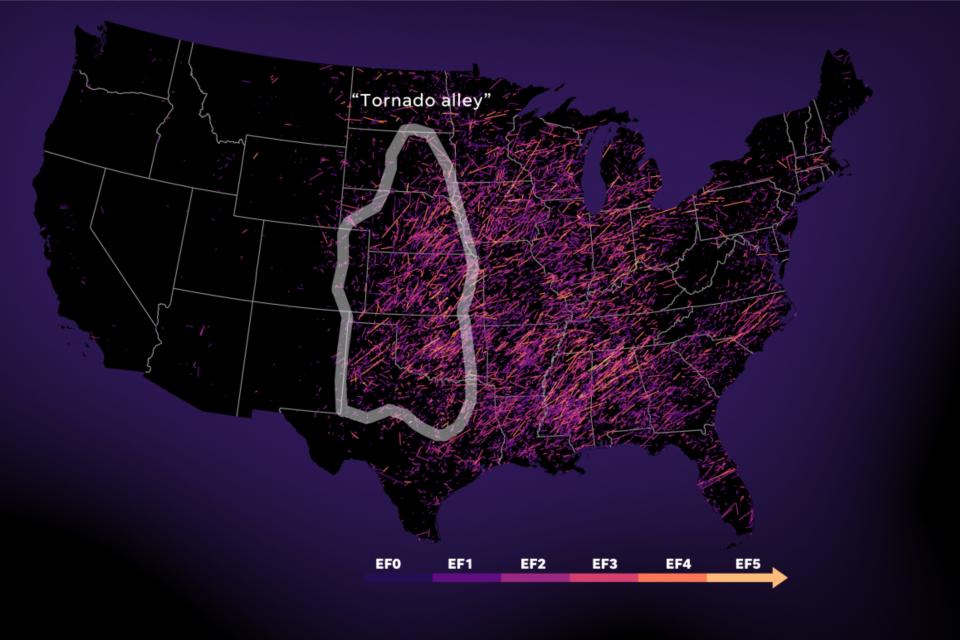Why do tornadoes occur? Here's a look at how severe weather forms in Oklahoma

Oklahoma is seeing its share of tornado activity this spring, with dozens reported on a single night, and more forecast in the months to come.
What's the science behind these devastating storms?
How are tornadoes formed?
Can’t see our graphics? Click to reload.
Oklahoma storm shelter checklist: How to prepare, what to pack in a tornado go-bag
How do tornadoes happen?
Tornadoes can form anywhere the right ingredients come together, but they most often form in the eastern half of the United States, when dry winds coming in from high over the Rockies meet moisture-rich, low-level winds blowing up from the Gulf of Mexico.
That interaction provides wind shear – an essential ingredient for tornado formation. The other two essential ingredients are lift and instability.
Why are there so many tornadoes in Oklahoma? Where is Tornado Alley?
Although Oklahomans might feel especially connected to tornado season, the state hasn't made top 10 in recent years for average tornadoes per year.
Throughout the past few years, more tornadoes have struck states east of Oklahoma, which has moved Oklahoma out of the top 10 for most tornadoes.

Oklahoma tends to see the most tornadoes during the months of April and May, according to the Storm Prediction Center.
The state averages 13 tornadoes in April and 34 in May. In comparison, Texas averages 25 tornadoes in April and 38 in May, and Kansas averages 12 tornadoes in April and 37 in May.
Tornadoes by state: How does Oklahoma tornado season compare to other states?
Can a tornado really pick up a cow?
This article originally appeared on Oklahoman: How do tornadoes happen? Anatomy of storms in Tornado Alley

